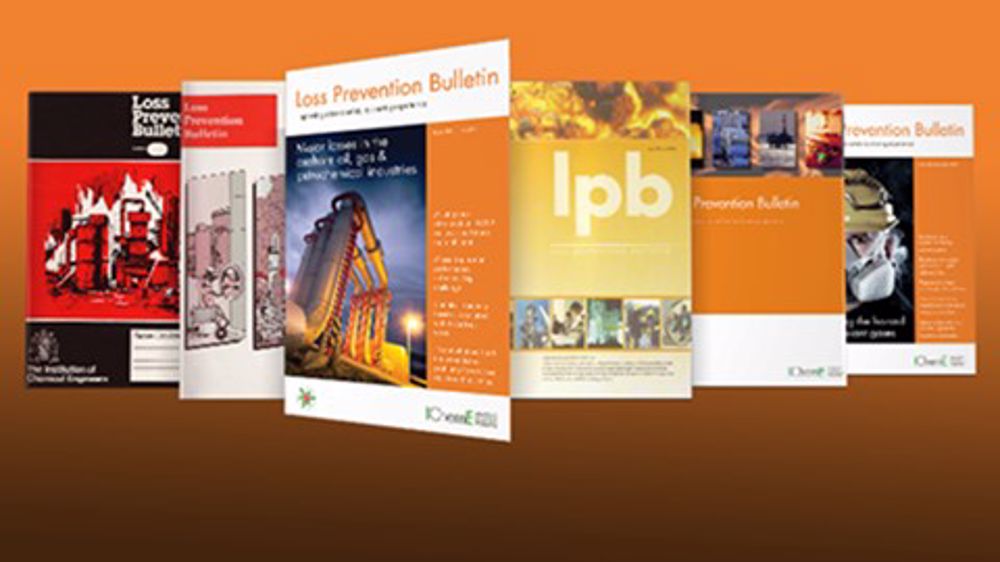Human Factors
Chemical plants have always involved a combination of people and technology, so human factors have always been relevant. But is was only in the early 1980’s that it was recognised as being relevant and critical. This was partly because advances in technology had made human interactions more complex and partly as our understanding of how accidents happen improved.
A paper in the Loss Prevention Bulletin in 1984 by Ian Watson (Issue 058) reported on the activities of the Human Factors in Reliability Group (HFRG), which had been created three years earlier. The paper highlights that the nuclear industry had been looking at the topic for some time but the relevance to all industries where major safety issues were a concern and contact had been made with companies that would have been active in IChemE including ICI and Shell.

Around the same time the late, great Trevor Kletz was introducing engineers to his ideas about safety. In 1984 the IChemE published a pamphlet style book by Trevor Kletz called “Cheaper, Safer Plants or Wealth and Safety at Work.” This was the contents of a workshop module that Kletz had been presenting when teaching about HAZOP and HAZAN. He didn’t necessarily mention human factors but simpler plants were advocated, and in a subsequent book published in 1991 the concept had incorporated the idea of “user friendly plant” that could “tolerate departures from ideal performance by operators or maintenance workers without serious effects on safety, output or efficiency.”
In 1985, IChemE published the 1st edition of Trevor Kletz’s book “An Engineer’s view of Human Error,” which may be considered as the institution's first recognition of the subject.
Also, in the same year seems to be the first time that the Hazards conference included papers on the theme of human factors. This has been repeated at every conference since.
It is unfortunate that the process industries had to learn about human factors the hard way, from major accidents that have cost the lives of hundreds of people, caused significant damage to the environment and cost billions of pounds. Flixborough, Piper Alpha, Bhopal, Texas City and Buncefield have all highlighted how human error can contribute to accidents, but deeper analysis has shown how these are always caused by weaknesses in design, management and organisation. The Seveso directive of 1982 on the control of major-accident hazards required companies to acknowledge their risks and implement effective controls. Major amendments that created Seveso II (enacted in the UK as the COMAH regulations) led to higher expectations that companies could demonstrate that they understood their risks and had effective controls in place. By this time the role of human factors was much better understood.
Seveso II was probably the kick that led to a more organised approach to human factors by IChemE and its member organisations. It has been integrated into all aspects of process safety. In 2009 the IChemE joined forces with the Keil Centre to develop a human factors training program tailored to meet the needs of the chemical and process industries. This is still delivered and several 100 people have attended some or all of the modules in this time.
The recently published Trevor Kletz compendium provides an update of the great man’s wisdom on all things related to process safety. There is a chapter dedicated to human error and human factors is a theme throughout.